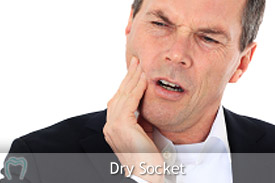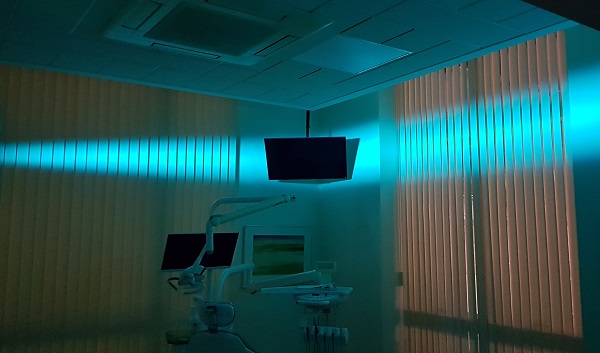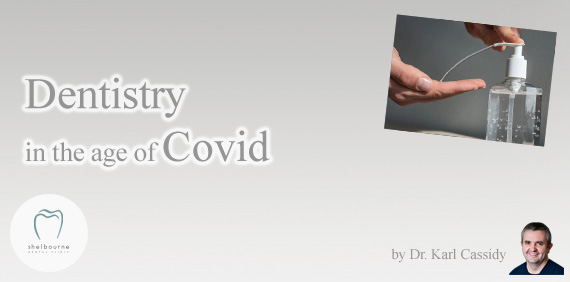Introduction to Dry Socket
 Dry socket is a nasty complication of dental extractions, usually occurring 2-4 days after you have had a tooth taken out. You’ll know you have it if you have intense pain that doesn’t go away after the extraction!
Dry socket is a nasty complication of dental extractions, usually occurring 2-4 days after you have had a tooth taken out. You’ll know you have it if you have intense pain that doesn’t go away after the extraction!
When you have a tooth removed, there is some bleeding from the socket afterwards. A blood clot shortly forms which allows the area to begin healing. With a ‘dry socket’, this clot essentially breaks down, leaving the bony socket exposed to the elements (i.e bacteria in saliva, food and drinks etc.).
Symptoms
A dry socket is nasty. Ask anyone who has experienced one…. most will tell you that a dry socket is worse than the toothache that preceeded the extraction! People describe it as a continuous, severe, throbbing pain. The exposed bony socket is hypersensitive and there is usually a bad smell eminating from the area too.
Causes
We don’t know for sure ‘exactly’ what causes it. We do know that dry socket is the result of a disturbance in the healing process following extraction. The healing tissues (that are supposed to form after the blood has clotted in the socket) fail to grow or their growth is disrupted. The condition can last for upto 10 days after extraction.
How common is Dry Socket?
About 3% of all extractions so not that common really.
Certain “At Risk” groups have been identified though. We tend to see the condition occurring more commonly in smokers (due to the decreased amount of oxygen available in the healing tissues), diabetics and people with weakened immune systems. We also tend to see it occurring in people with poor oral hygiene and where teeth have been badly infected prior to the extraction. It also tenders to occur where the teeth being removed are impacted e.g. wisdom teeth.
Dry Socket Treatment
Thankfully dry socket tends to ‘burn itself out’ after a few days but there are ways of treating the pain though:
- Gently rinse with warm salty water (1/2 tsp salt in a warm glass of water… the warmer the better!)
- Avoid smoking! No smoking for at least 48hrs after having an extraction.
- Good oral hygiene. Keep your teeth and gums as clean as possible. #
- Use a chlorhexidine based mouthwash (e.g. Corsodyl) to keep the socket clean.
- Attend your dentist who can place a painkilling medication into the socket to provide immediate relief. Dry sockets are not typically treated with antibiotics.
- Your dentist will also prescribe some good painkillers for you to obtain from your local pharmacy. If you can’t get to the dentist, then non steroidal anti-inflammatory painkillers (e.g. Aspirin/Brufen) work best.
Useful Links
Dry Socket information from Wikipedia
Animated Teeth dot com Dry Socket information
Medicinet information about Dry Socket











